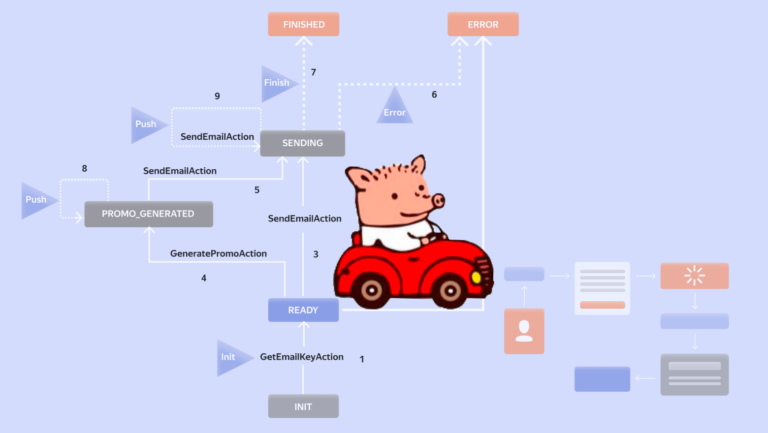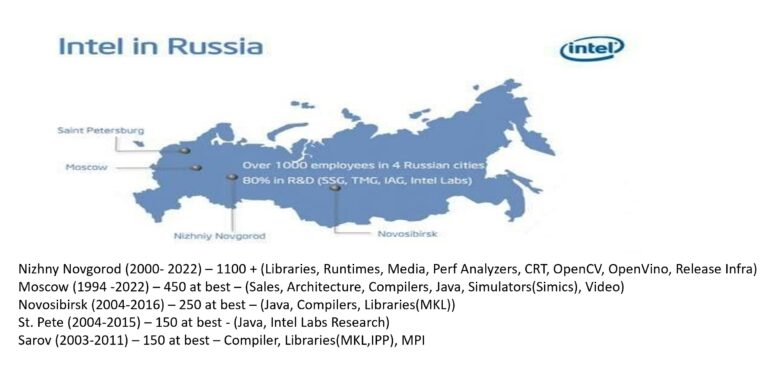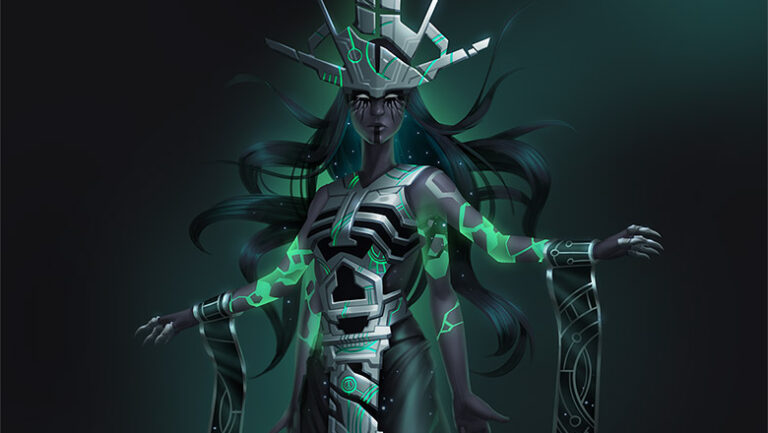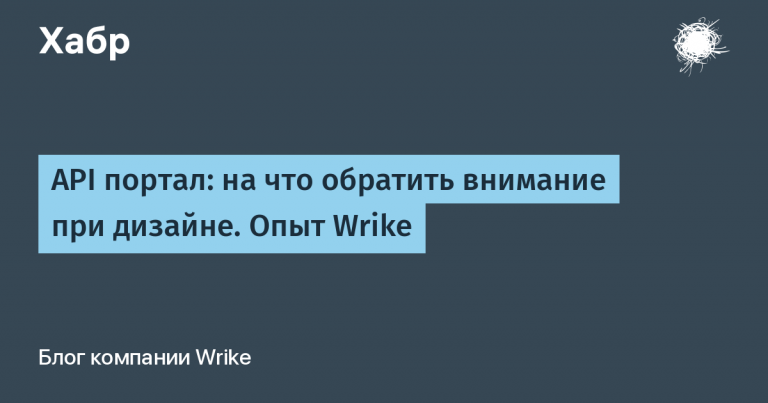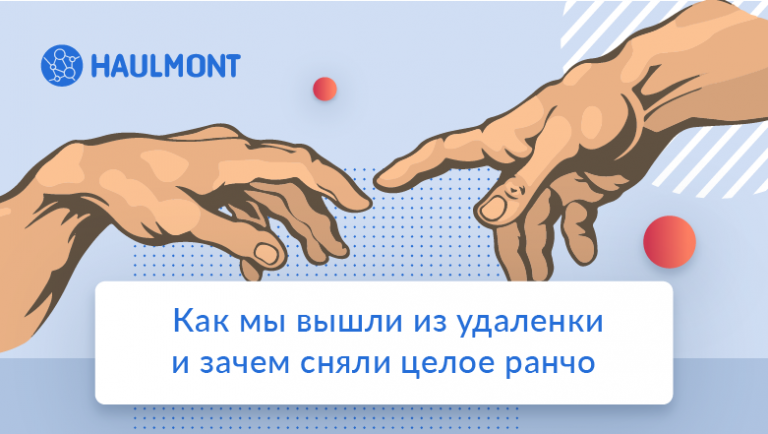John Draper story

In a small dormitory room at the University of California, a group of young people were staring intently at a blue box. These were John Draper, Steve Jobs and Steve Wozniak. They were testing their invention and were about to make a free call to the Vatican.
After several attempts, the other end answered. An excited Steve Wozniak, barely holding back his laughter, said: “This is Henry Kissinger, I must talk to the Pope immediately. I must confess my crimes.”
John Draper always remembers this happening with a smile. It was he who managed to hack the telephone system and taught this to the future creators of Apple. This is the story of a programmer who, in his own words, “went from penniless hacker to millionaire and back again.”
Love for radio electronics
John Thomas Draper was born on March 11, 1943. His father was a US Air Force engineer. The boy was brought up in strictness, according to all the rules of military discipline. John devoted his free time to studying radio electronics; fortunately, it was not difficult to get the necessary parts on the territory of the military base. Already at the age of 14, Draper could easily assemble a radio receiver, and a few years later he created his first homemade radio station.
His father wanted John to become a military man. After graduating from college in 1964, Draper joined the army. But even there he continued to do what he loved, working with radar and message encryption devices.
Interestingly, his place of service was Alaska. Even then, Draper was trying to help his comrades make free calls. To do this, he developed access to the local telephone switchboard.
His next invention was the pirate radio station WKOS, but it did not last long. In 1968, Draper graduated from the service and moved to Silicon Valley. He began working as an engineering technician at National Semiconductor and attending De Anza College.

An original way to make free calls
Dramatic changes in Draper’s life, as often happens, were brought about by chance. After creating another pirate radio transmitter, John met telephone scammer Denny Teresi. It was Terezi who “opened” Draper to the world of phreakers—telephone hackers.
AT&T used “in-band signaling” during this period. In this case, the connection signals are transmitted along with the data, that is, they pass through the same pair of wires.
In order to bypass the system, phreakers imitated service signals. Terezi's team used an organ and a cassette tape with recordings of tones for this; one of the participants had absolute pitch and clearly identified the desired frequencies.
But John Draper came up with a more convenient and original technique. He noticed that a toy whistle made from a packet of Cap'n Crunch cereal produced a sound at the same frequency as the telephone network access signal, namely 2600 Hz. Using this feature, Draper came up with an easy way to make free calls.

He called a long-distance number and, while dialing, blew the whistle. The sound of the whistle sent false information that the caller had hung up. Thus, the system considered that the line was free again, and all subsequent stages – dialing, connection, conversation and call duration – were not monitored.
“At this moment,” explained Draper“You're actually connected to an internal trunk line, it's not the line you would use as a subscriber… It's like gaining root access to the phone system.”
In 1980, when the new AT&T alarm system was introduced in the United States, the toy whistle tricks stopped working.
However, in the 70s, the method of John Draper, nicknamed Captain Crunch (a reference to those same cereals), was very popular.
Fateful article: meeting the founders of Apple and arrest
The article brought real fame to Draper “Secrets of the Little Blue Box”. It appeared in the October 1971 issue of Esquire magazine. Journalist Ron Rosenbaum got the number of the elusive Captain Crunch and asked him a few questions.
In this interview, Draper explained that he is not a phreaker, but is simply studying the telephone system and its vulnerabilities. Captain Crunch explained how free calls work and also talked about a simple method for wiretapping phones.
After the article was published, the name of Captain Crunch went down in history forever.
This issue of Esquire was read with great interest by Stephen Wozniak, then a student at the University of California. He told his friend, Steve Jobs, about the article. Together they tested the principle of the Crunch method and then created their own version Blue Box.

However, even though this invention was more effective than Crunch's whistle, Wozniak and Jobs needed the Captain's help.
They tracked down Draper and asked to look at their device. Crunch was worried that this meeting could be a trap; there were many arrests during this period, but he agreed to help.
In his article “The man who made Apple possible is in trouble — and you can help him“, dedicated to John Draper, Stephen Wozniak described their acquaintance as follows:
The evening of Crunch's visit to my dorm (room 110, Norton Hall) was one of the most exciting days of my life… I imagined Draper as a suave, socially adept guy… The man who showed up in my dorm room was disheveled, in dirty clothes and without teeth. He was not the person I expected to see. He saw my surprise and announced: “I am HIM, Captain Crunch.
Crunch researched the invention and taught Wozniak how to make international calls.
After all the improvements, the future founders of Apple began selling their Blue Boxes. This was their first commercial success, which became a stepping stone to creating a company.
Steve Jobs in his interview I have said more than once that without Blue Box there would be no Apple. Who knows if Jobs and Wozniak would have been able to found their own company if not for Captain Crunch.
For Draper himself, the article in Esquire brought not only popularity and new acquaintances. The FBI became interested in the activities of Captain Crunch. In 1972 he was arrested. He received a 5-year suspended sentence.

Creating EasyWriter
Even during his student days, Draper became interested in programming. He began collaborating with Call Computer. During the same period, Captain Crunch became a regular at the People's Computer Company. This educational organization was dedicated to providing widespread access to computers.
But despite his interests in the field of programming, Crunch did not give up phreaking. He was caught again in a phone scam. This time the sentence was more severe. The captain went to prison.
There Draper began developing his program EasyWriter – one of the first text editors. Crunch recalled that he wrote code during the day, and in the evenings he found errors in the commands written down on paper.
Draper finished working with the program in 1979. He got a job at Apple, and EasyWriter became the first word processor for the Apple II series of computers.
Stephen Wozniak emphasized that EasyWriter was the only business-quality word processor at the time.
IBM later selected EasyWriter for the IBM PC as its official word processor. Draper earned about a million dollars from his project.

As part of his collaboration with Apple, Draper also developed the “Charlie Board” interface for the Apple II computer. This interface board allowed data to be transferred over telephone lines; in fact, the device became the predecessor Dennis Hayes modem.
But AT&T banned the release, fearing the emergence of a new “blue box.”
“They didn't let his device become a product,” explained Wozniak this situation. “Some of Crunch’s techniques would later be used in tone-activated calling menus, voicemail and other services.”
Finding yourself, ShopIP and white hat hackers
Draper often changed jobs, participating in different projects. He worked with Ted Nelson at Autodes, developing hypertext software, the precursor to the World Wide Web. He also developed websites, collaborated with an Indian businessman and lived in Goa.
At the end of 1999, Crunch created ShopIP — own software development company. However, it did not last long. In 2007, Draper moved to the position of Chief Technology Officer at En2go.
Over the past decade, he has traveled the world, participated in conferences, and written articles talking about security issues in telecommunications and Internet privacy.

In 2014, John Draper became seriously ill. He underwent several surgeries on his spine and underwent long-term rehabilitation.
Interestingly, even in the hospital, Captain Crunch remained an unstoppable hacker.
In one of his online posts, Draper shared history. At the hospital, he was tied with a knocker wire, which signals when a patient leaves the wheelchair. This is done so that nurses can come to help.
However, Draper found a way to get around this limitation.
“I figured out how to turn it off… But I decided not to mess with it,” Crunch wrote.
And today, among hackers, Draper remains a hero. His story is a reminder that even the most complex systems can be hacked, and there will always be people willing to do it.
The UFO flew in and left a promotional code here for our blog readers:
-15% on any VDS order (except for the Warm-up tariff) – HABRFIRSTVDS.
